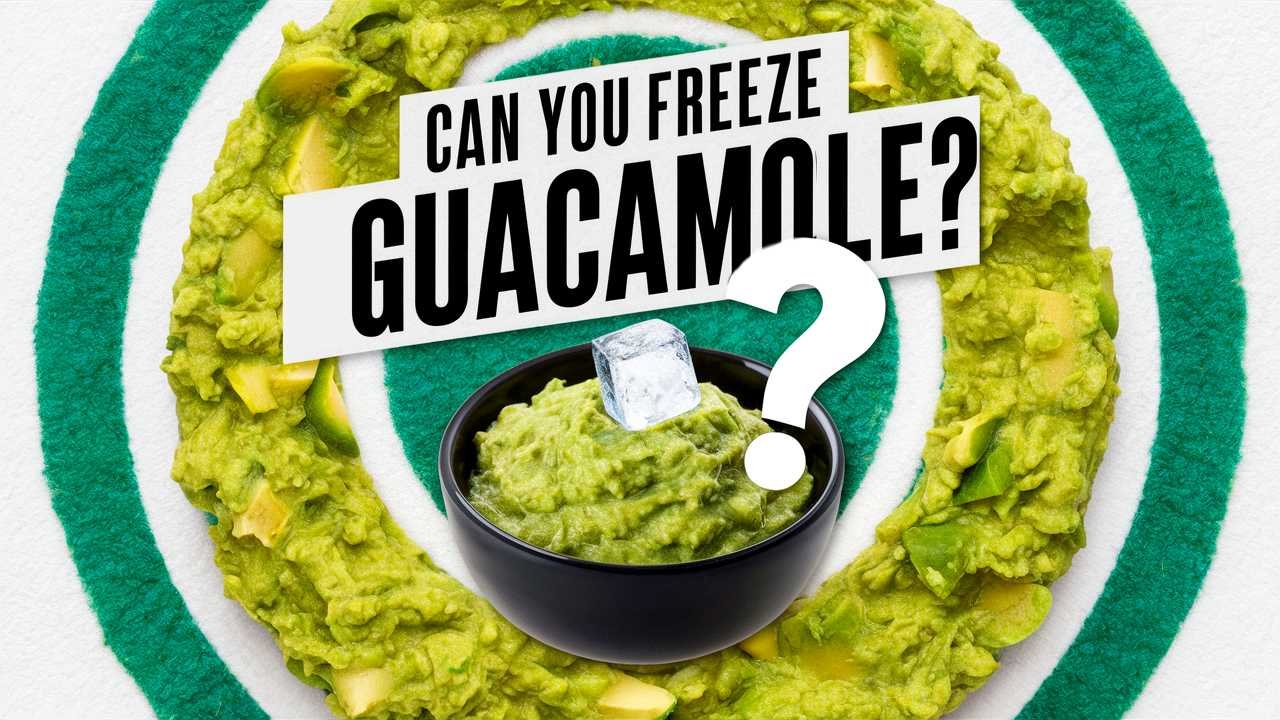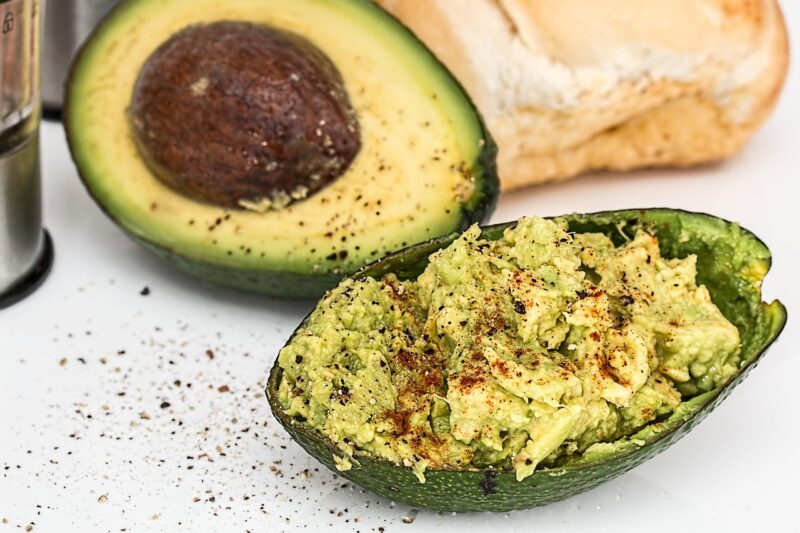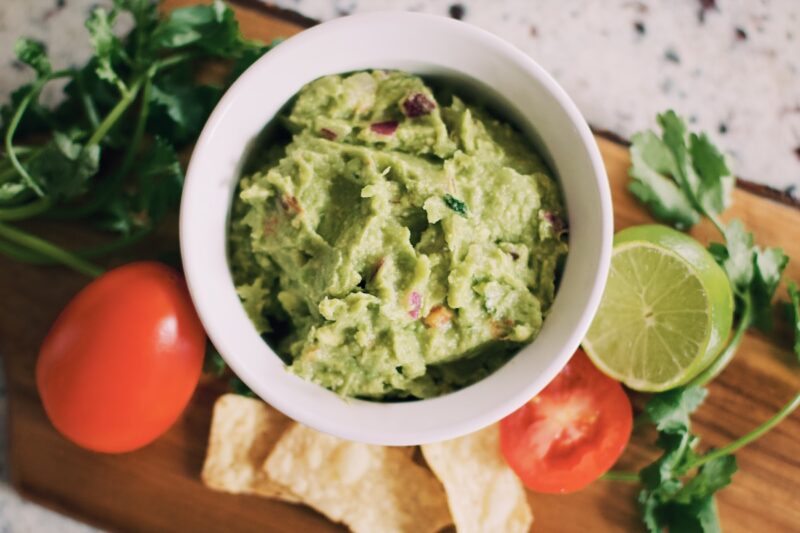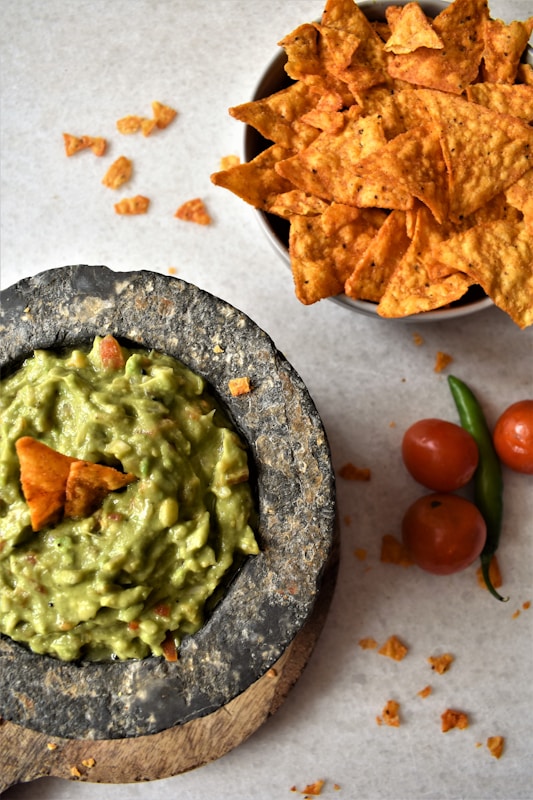This post explores the ins and outs of freezing guacamole, including how to do it effectively, the best practices, and the science behind avocado preservation. Join me as we explore everything you need to know about freezing this beloved dip.
Can You Freeze Guacamole?
The short answer is yes—you can freeze guacamole. However, the texture and flavor of the dip may change after freezing and thawing, making it essential to know the best ways to do it to maintain quality.
Why Freeze Guacamole?
Freezing guacamole can be a lifesaver for several reasons:
Reducing Waste: If you’re making guacamole for a gathering or a recipe, you might end up with leftovers. Freezing helps in avoiding waste.
Meal Prep: Preparing guacamole in advance makes for quick meal additions. You can whip up a batch for a weeknight dinner or enjoy a snack whenever the craving strikes.
Seasonal Availability: Avocados are sometimes out of season or inconsistent in price. Freezing allows you to enjoy guacamole year-round, regardless of the avocado’s market availability.
How to Freeze Guacamole: A Step-by-Step Guide
Before freezing guacamole, it’s crucial to ensure that it is prepared in a way that will retain its best qualities once thawed. Here’s a straightforward guide to freezing guacamole properly:
Step 1: Choose the Right Avocados
Select ripe avocados that are at their peak maturity. They should be slightly soft when gently squeezed but not overly mushy. If your avocados are not ripe yet, leave them at room temperature until they soften.
Step 2: Prepare the Guacamole
Prepare your guacamole as you normally would. A basic recipe includes ripe avocados, lime juice, salt, and optional ingredients like diced tomatoes, onions, and spices.
Cut and Scoop: Halve the avocados, remove the pit, and scoop the flesh into a bowl.
Mash: Use a fork or a masher to achieve your desired consistency—smooth or chunky.
Add Ingredients: Squeeze in lime juice and mix in your other chosen ingredients.
Step 3: Prevent Browning
To minimize the browning that occurs when guacamole is exposed to air, follow these tips:
Add More Lime Juice: The acidity in lime juice slows the browning process.
Combine with Other Ingredients: If using, mix in diced tomatoes or other ingredients; they can help create a barrier against air.
Step 4: Pack for Freezing
Portion it Out: Divide the guacamole into usable portions. You can use freezer bags or airtight containers.
Remove Air: If using freezer bags, squeeze out as much air as possible before sealing. For containers, press plastic wrap directly against the surface of the guacamole before sealing the lid.
Label and Date: Ensure you label the bags or containers with the date and contents.
Step 5: Freeze Wisely
Place the packed guacamole in the freezer. Storing it in the coldest part of the freezer can help it maintain quality.
Thawing and Using Frozen Guacamole
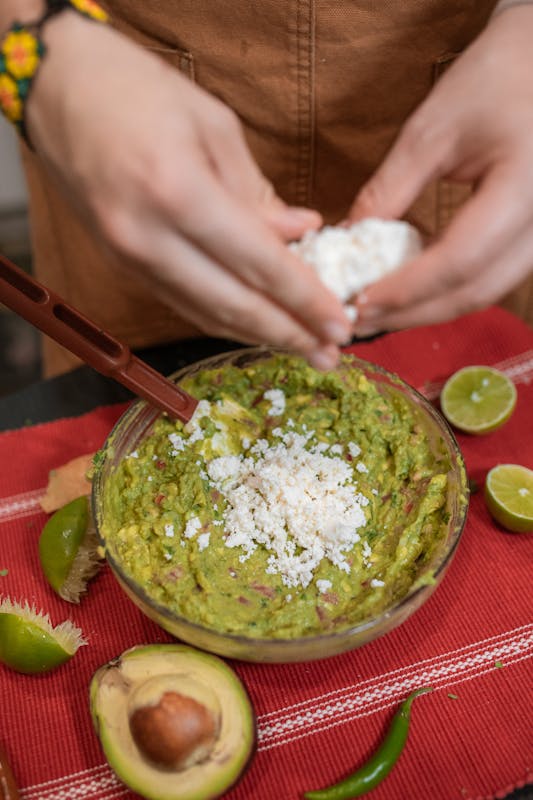
Once you’re ready to enjoy your frozen guacamole, proper thawing is vital for retaining flavor and texture.
Thawing Process
Refrigerator Method: The best way to thaw frozen guacamole is to place it in the refrigerator for several hours or overnight. This slow thawing method helps preserve the texture and flavor.
Quick Thawing: If you need it in a hurry, you can use the microwave. Place it in a microwave-safe dish and thaw on low power. Be cautious not to cook it, as this can alter the flavor and texture.
Refreshing Flavor and Texture
After thawing, you might notice some separation or slight change in texture. This is normal and can be remedied:
Mix it Up: Stir the guacamole to combine any separated liquid back into the dip.
Add Fresh Ingredients: If desired, add fresh lime juice, chopped onions, or cilantro to revive the flavor.
The Science of Freezing Avocados
How Freezing Affects Avocados
Freezing alters the structural integrity of avocados. When avocados freeze, the water content within them forms ice crystals, which can rupture cell walls. This is why thawed avocados tend to be softer and may not be ideal for slicing but are still delicious when mashed or used in dips.
Browning and Oxidation
The browning of guacamole is primarily due to a chemical reaction called oxidation. When the flesh of an avocado is exposed to air, enzymes within the avocado react with oxygen, creating brown pigments. Freezing slows down this process but doesn’t stop it completely.
Additional Tips for Preservation
Vacuum Sealing: If you have a vacuum sealer, this is an excellent option for removing air more effectively than a freezer bag.
Freezing Liquid: Some people choose to freeze guacamole in a small amount of lime juice to create a protective layer against air.
What to Look For: Signs of Declined Quality
While your frozen guacamole can last for several months in the freezer, you should keep an eye on its quality:
Color Changes: A deep brown color indicates that the guacamole has oxidized significantly. While it’s safe to eat, it may not be as visually appealing or flavorful.
Unpleasant Smell: A sour or off odor can indicate that the guacamole has spoiled. When in doubt, it’s best to err on the side of caution.
Texture Changes: Thawed guacamole will be softer, which may not be suitable for all uses but still great for spreads and dips.
Creative Uses for Leftover Guacamole
Frozen guacamole opens up endless possibilities. Here are some creative ideas on how to incorporate it into your meals:
Tacos and Burritos
Add thawed guacamole to your tacos or burritos as a quick and easy topping. It pairs beautifully with protein and adds a creamy element that enhances the dish.
Sandwiches and Wraps
Spread guacamole on sandwiches or wraps instead of mayo or butter for a delicious twist. It not only adds flavor but also health benefits.
Salad Dressing
Mix thawed guacamole with a bit of water or yogurt to create a creamy dressing. It can transform a simple salad into a gourmet experience.
Soups and Stews
Swirl a spoonful of guacamole into soups or stews for added creaminess and flavor. It works particularly well with tomato-based soups or chili.
Guacamole Alternatives and Variations
While classic guacamole is a go-to favorite, exploring alternatives can be fun and delicious. Here’s a look at some variations:
Spicy Guacamole
Add chopped jalapeños, hot sauce, or cayenne pepper for a kick. The heat complements the creamy avocado beautifully.
Herb-Infused Guacamole
Experiment with different herbs like dill, basil, or parsley to infuse unique flavors into your dip. Each herb changes the overall profile of the dip dramatically.
Black Bean Guacamole
Combine black beans and corn with your guacamole for an added punch of protein and fiber. This hearty dip is both nutritious and filling.
Fruit-Infused Guacamole
Incorporate mango or pineapple chunks for a sweet twist. The sweetness balances the creamy avocado and lime, providing an exciting flavor contrast.
Conclusion: The Joy of Freezing Guacamole
Freezing guacamole allows you to enjoy this creamy delight anytime without the pressure of using it up quickly. By following the right preparation, packaging, and thawing methods, you can preserve the essence of guacamole while minimizing waste. The joy of pulling out a batch of homemade guacamole from the freezer on a lazy afternoon or during a spontaneous gathering is undeniable.


